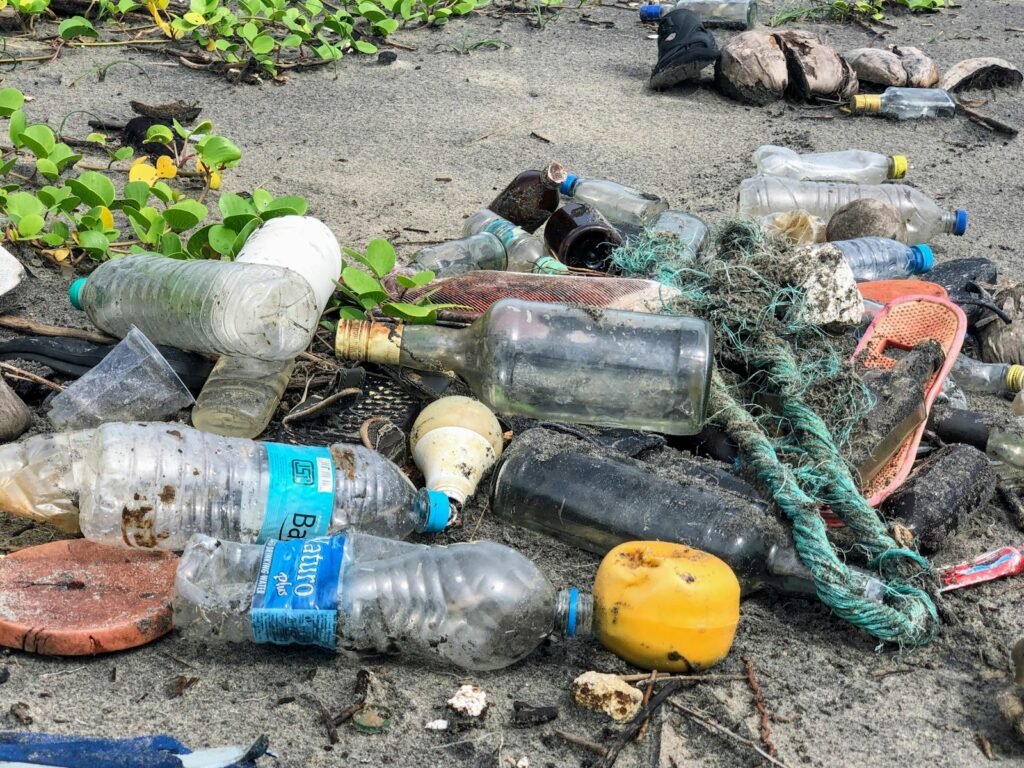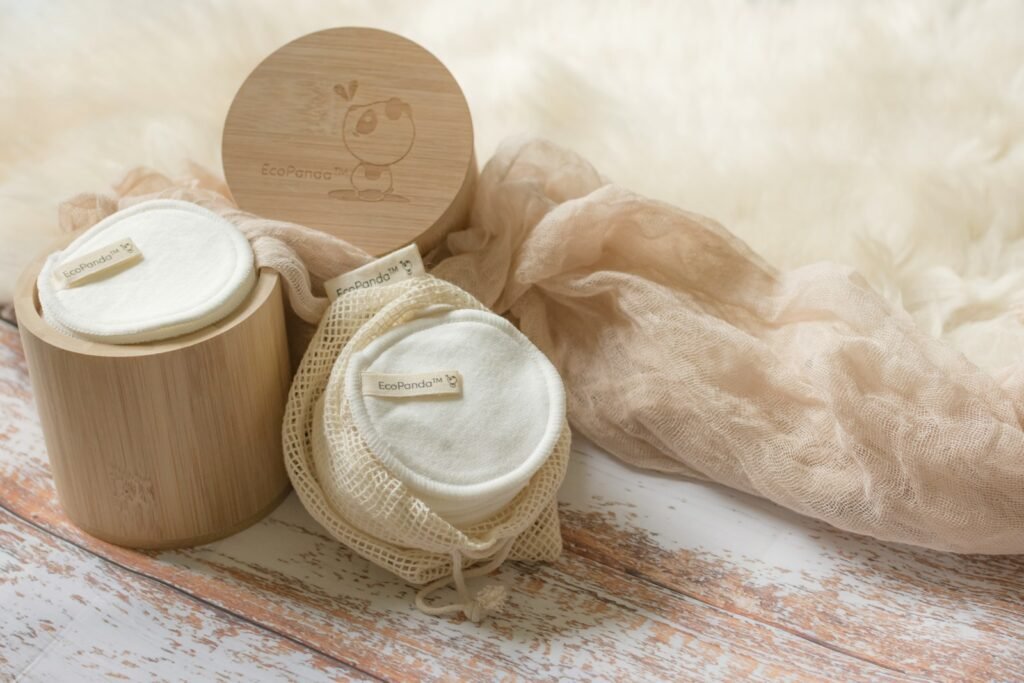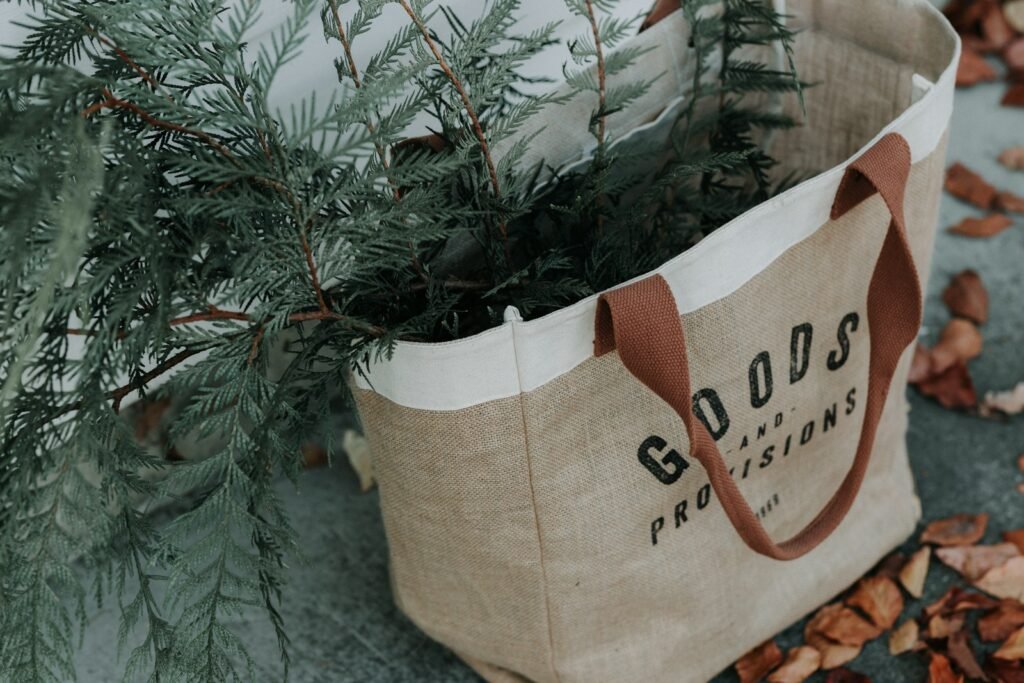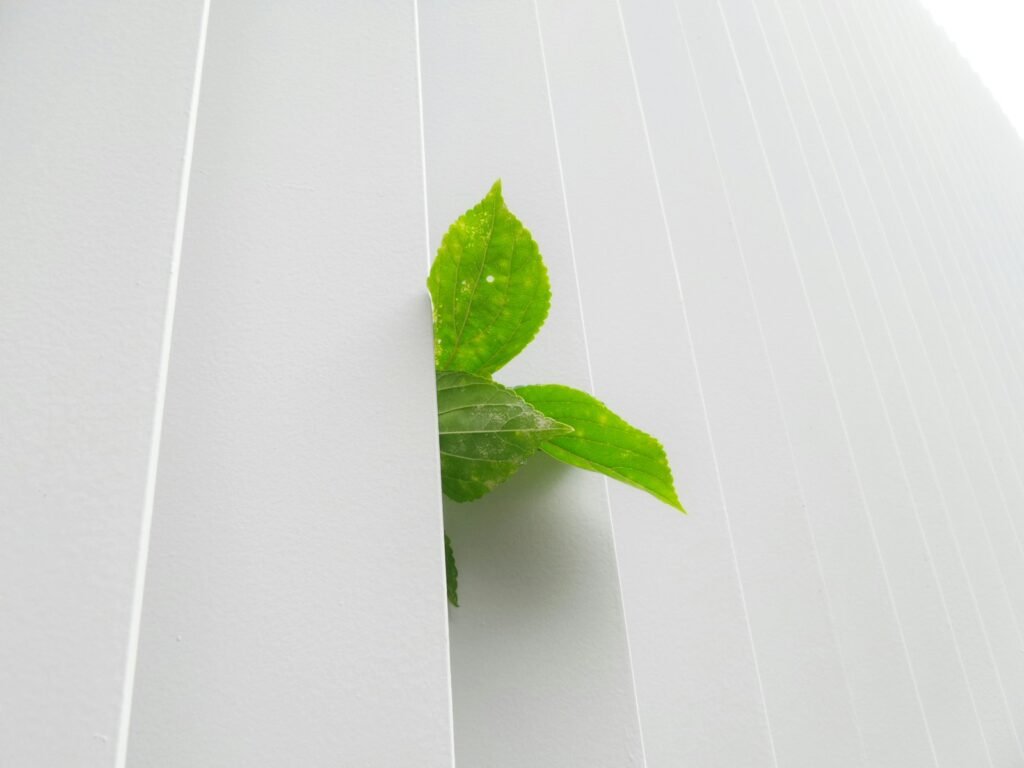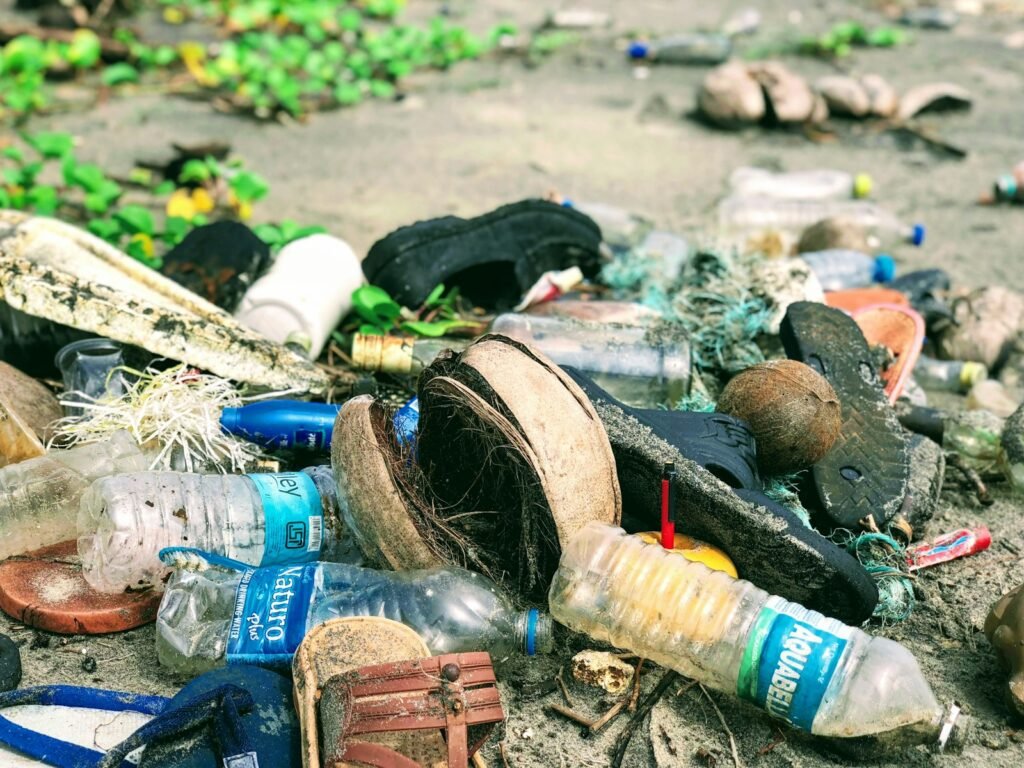Nowadays more people are making the switch toward a zero-waste lifestyle—not just for personal health reasons, but also to reduce their environmental impact. One of the most overlooked yet crucial aspects of this journey is how we store our food.
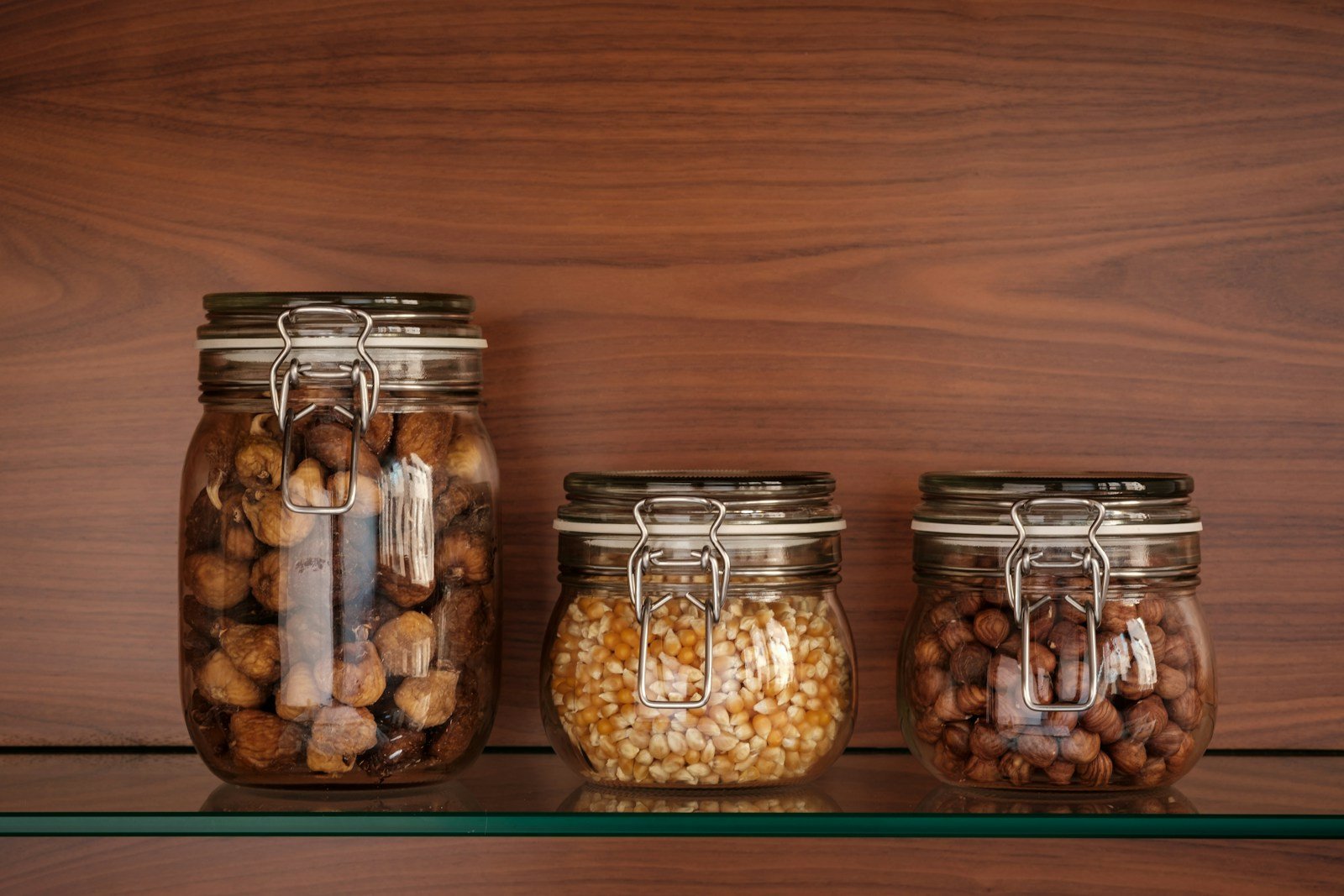
Food waste contributes significantly to global landfill problems and greenhouse gas emissions. Improper storage can lead to premature spoilage, which not only wastes resources used in production but also increases your grocery bill over time. By adopting eco-friendly food storage practices, you can reduce plastic use, extend the life of your groceries, and create a more sustainable home environment.
The Principles Behind Zero-Waste Food Storage
Understanding Your Needs
Before making any purchases or changes to your kitchen setup, take stock of what kind of foods your household consumes on a regular basis. Are you buying a lot of fresh produce? Do you often meal prep for the week ahead? Knowing your habits will help guide your storage choices and prevent unnecessary waste.
Choosing the Right Containers
The foundation of zero-waste food storage is using reusable, non-toxic containers that can keep your food fresh for longer. Look for options that are airtight, BPA-free, and made from materials like glass or stainless steel.
Labeling & Dating
One of the simplest yet most effective ways to prevent waste is by labeling and dating all stored food. This helps you stay organized and ensures nothing gets forgotten in the back of a cabinet or drawer.
Best Materials for Zero-Waste Food Storage
When it comes to reducing plastic use, choosing the right storage materials can make all the difference. Here are some of the top eco-friendly options available today:
Glass Containers
Glass containers are a classic choice for storing dry goods and leftovers alike. They’re non-reactive, easy to clean, and can be used in the microwave or dishwasher. Brands like Pyrex and Mason jars offer durable, long-lasting options that fit into any kitchen.
Stainless Steel Containers
If you’re looking for something that’s not only eco-friendly but also versatile, stainless steel containers are a great option. Ideal for storing snacks, leftovers, and even meals prepped in advance, they keep food fresh without leaching chemicals or absorbing odors.
Silicone Storage Bags & Wraps
Silicone bags offer an excellent alternative to plastic wrap and single-use plastic bags. They’re flexible, reusable, and leak-proof—perfect for storing everything from chopped vegetables to leftovers. Silicone wraps are another eco-friendly option that can be used as a substitute for cling film.
Beeswax Wraps
Beeswax wraps have gained popularity in recent years due to their natural, biodegradable properties. Made from cotton fabric coated with beeswax and other natural waxes, they’re great for wrapping bread, fruits, or cheese while keeping them fresh without the need for plastic.
Bamboo & Wooden Storage Solutions
Wooden cutting boards and bamboo storage containers are excellent additions to your zero-waste kitchen. Not only do they look beautiful, but they also add a rustic touch that complements most home decor styles.
Organizing Your Kitchen for Zero-Waste Living
A well-organized kitchen is essential for maintaining a consistent zero-waste food storage routine. Here are some tips to help you set up your space efficiently:
Designate a “Zero-Waste” Zone
Consider designating one corner or shelf in your kitchen as a “zero-waste” hub. This area can be used to store all of your reusable containers, beeswax wraps, and silicone bags.
Use Drawer Dividers
Drawer dividers are an excellent way to keep smaller items like utensils and storage accessories neatly organized. They help you find what you need quickly without causing unnecessary clutter or waste from broken or misplaced items.
Store Dry Goods in Large Jars
Instead of buying pre-packaged dry goods, consider buying in bulk and transferring them into large glass jars with airtight lids. This not only reduces packaging waste but also makes it easier to see how much you have on hand.
Maximize Vertical Space
Make the most of your kitchen space by using over-the-door organizers or magnetic storage systems for storing reusable containers, measuring cups, or even labels and markers.
How to Store Specific Food Types Sustainably
Every type of food has unique storage needs. Here’s a breakdown of how to store common foods in an eco-friendly way:
Dry Goods (Rice, Beans, Pasta)
Dry goods like rice, beans, and pasta should be stored in airtight glass jars or mason jars with silicone seals to keep them dry and prevent pests.
Fresh Produce
For fresh produce such as apples or potatoes, use breathable mesh bags or paper sacks. Leafy greens can be kept fresh by placing them in a container lined with a damp paper towel. For herbs, wrap them in a slightly damp paper towel and store them in the fridge.
Meat and Dairy
Meat and dairy should be stored in stainless steel containers or vacuum-sealed bags to maintain freshness and prevent contamination. These options are also more hygienic than traditional plastic wrapping.
Leftovers & Meal Prep
When storing leftovers, portion your meals into glass containers with tight-fitting lids. This makes it easier to reheat portions without having to thaw an entire dish every time.
Creative DIY Storage Solutions
Sometimes the most sustainable solutions come from repurposing what you already have at home:
Making Your Own Beeswax Wraps
Creating your own beeswax wraps is a simple and rewarding project. All you need are some cotton fabric scraps, beeswax pellets, and a way to melt them (like a microwave or double boiler). Once cooled, they can be used for wrapping food in an eco-friendly way.
Repurposing Jars and Cans
Old jars from jams or canned goods can easily be cleaned and reused as storage vessels for dry ingredients, snacks, or even as makeshift ice packs. You can also upcycle cans into planters or organizers.
Upcycling Kitchen Items
Wooden cutting boards and bowls can double as food storage solutions. Simply place your leftovers in them and cover with a beeswax wrap or lid to keep things fresh.
Tips for Reducing Food Waste Through Better Storage
Here are some practical tips that can help you reduce food waste by improving your storage habits:
Buy in Bulk Using Reusable Containers
Buying bulk items is an excellent way to cut down on packaging waste. Use large glass jars, reusable cloth bags, or even a stainless steel container to store these goods at home.
Practice the “First-In-First-Out” Method
To avoid forgetting about older food items, use the first-in-first-out method—putting newly purchased items behind those that were bought earlier. This ensures nothing gets forgotten and spoiled before it’s used.
Learn How Foods Stay Fresh
Some foods can be kept fresh longer with a few simple tricks. For example, placing citrus fruits in your fridge can help preserve other produce by slowing down the ripening process. Herbs stored in water will stay fresh for weeks when placed in a jar or glass container.
Overcoming Common Challenges in Zero-Waste Food Storage
Adopting zero-waste food storage doesn’t always come without its challenges. Here are some common issues and how to overcome them:
Limited Kitchen Space
If you’re working with limited kitchen space, consider using vertical storage solutions like over-the-door organizers or hanging containers. This can free up counter and cabinet space while keeping everything within reach.
Managing Meal Prep Without Waste
When meal prepping for the week, portion your meals into reusable glass containers rather than preparing large batches that might go to waste. Use smaller portions to ensure nothing is left unused.
Cost-Effective Investment in Reusable Storage
While some zero-waste storage options can be a bit of an investment upfront, they save money over time by reducing the need for single-use plastics and minimizing food waste. Start with small changes and gradually build up your collection as needed.
Embracing a Zero-Waste Lifestyle Starts at Home
Adopting a zero-waste lifestyle is not about perfection—it’s about progress. Every small change you make in how you store food can add up to significant environmental benefits over time.
By choosing the right containers, organizing your kitchen space, and learning better storage techniques, you’re not only reducing waste but also making life more convenient and sustainable for yourself and your family. Start with one change today—whether it’s swapping out plastic wrap for beeswax wraps or labeling your jars—and watch how these small steps lead to big results.
Remember, the journey to a zero-waste home is ongoing, and every effort counts. Share your progress, inspire others, and keep learning as you go along.
